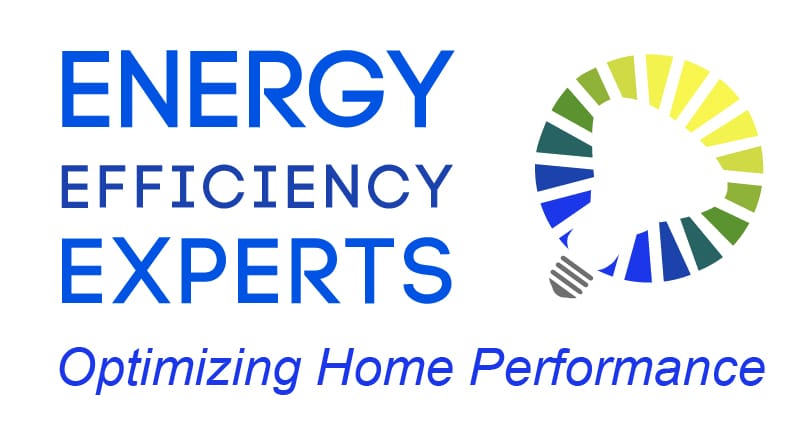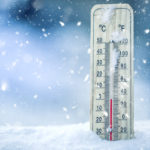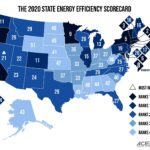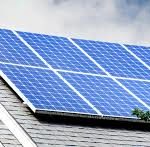Maryland’s energy utilities, BGE, Pepco, and Delmarva Power Co, implemented a pilot TOU program which began in April 2019. As 2020 comes to a close, economic consulting experts at Brattle Group have analyzed the findings of the pilot. (Click the link to read the full report!)

What is TOU?
A TOU or “Time of Use” is a rate design feature that allows customers the ability to determine what time of day they could be saving energy they should be using energy, usually through the use of peak and off-peak demand periods.
According to Utility Dive, Determining the best time to use your energy can reduce your bill, plus it also “reduces the utilities need to invest to meet rising peaks, reducing all customers’ bills.”
History of TOU Programs
States that have shown success with TOU rates can allow utility companies to implement better strategies for generating and distributing rates, which saves energy and money for both the customer and the utility. Jason Stankek, chair member of the Maryland Public Service Commission stated earlier this fall that “Maryland is ahead of other jurisdictions on advanced metering and technologies that link customer savings opportunities to savings that benefit all ratepayers” (Utility Dive).
Although the use of TUO pilot programs is nothing new, this particular pilot includes several unique features, such as measuring the impact these rates have on low and moderate-income (LMI) and non-LMI customers. The COVID-19 pandemic also provides interesting findings due to the majority of Maryland’s residents staying at home for longer periods of time.
Summary of Findings
Customers were randomly recruited with the opportunity to participate and presented with their potential energy bill savings. Those who agreed began using the TOU rates at the beginning of April 2019 and have the option to remain on the rates until April 2022.
As of fall 2020, Brattle completed their first annual study of the program looking at data from June 2019 through May 2020.
The study revealed that on average, all customers who participated in the TOU rates had electricity bill savings from 5% to 10%. Across all utility programs and customer types, summer peak demand (June to September) was reduced by 10.2% to 14.8% and non-summer peak demand (October to May) fell 5.1% to 6.1%.
The peak periods are relatively short, “allowing customers’ to respond more easily by reducing peak usage and shifting some of it to off-peak hours” (Utility Dive). In the summer, peak periods are from 2 PM to 7 PM, while non-summer peak periods are from 6 AM to 9 AM.

Looking to schedule an audit? Contact us here or call us at 202-557-9200.




















































